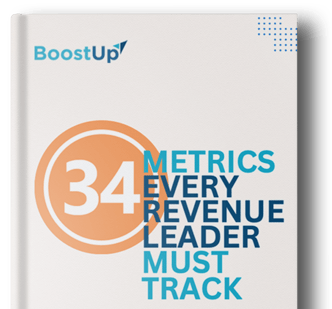Metric 1: Activity Metrics
{color=#FFFFFF, opacity=100, rgba=rgba(255, 255, 255, 1), rgb=rgb(255, 255, 255), hex=#FFFFFF, css=#FFFFFF}
Activity metrics are a vital component in assessing the performance and effectiveness of sales and business development teams. They encompass tracking various activities, including calls, emails, LinkedIn messages, and content shares.
The data collected from these metrics allows organizations to evaluate how their sales reps and BDRs are spending their time, identify trends, and make informed decisions on coaching and improvement strategies. By analyzing activity metrics, businesses can uncover valuable insights into the effectiveness of their outreach efforts and optimize their sales processes.










